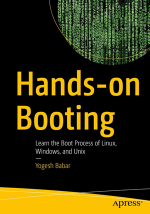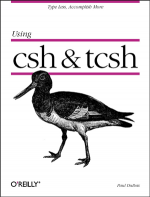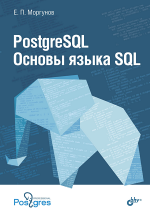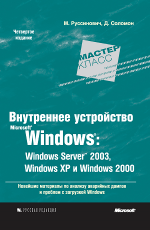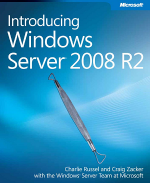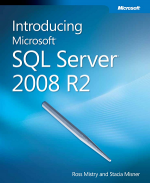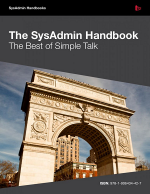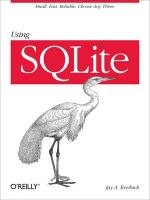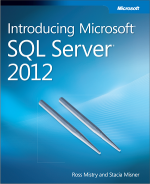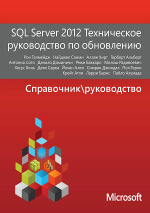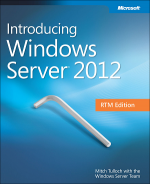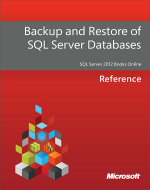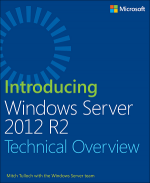
Для работы vCenter Server 6.7 и Platform Services Controller используются порты:
| Port | Protocol | Description | Required for | Used for Node-to-Node Communication |
|---|---|---|---|---|
| 22 | TCP | System port for SSHD. | Appliance deployments of
|
No |
| 53 | DNS service | Windows installations and appliance deployments of Platform Services Controller | No | |
| 80 | TCP |
vCenter Server requires port 80 for direct HTTP connections. Port 80 redirects requests to HTTPS port 443. This redirection is useful if you accidentally use http://server instead of https://server. WS-Management (also requires port 443 to be open). If you use a Microsoft SQL database that is stored on the same virtual machine or physical server as the vCenter Server, port 80 is used by the SQL Reporting Service. When you install or upgrade vCenter Server, the installer prompts you to change the HTTP port for vCenter Server. Change the vCenter Server HTTP port to a custom value to ensure a successful installation or upgrade. Important: You can only change this port number during the vCenter Server and Platform Services Controller installation. |
Windows installations and appliance deployments of
|
No |
| 88 | TCP | Active Directory server. This port must be open for host to join Active Directory. If you use native Active Directory, the port must be open on both vCenter Server and Platform Services Controller. | Windows installations and appliance deployments of Platform Services Controller | No |
| 389 | TCP/UDP |
This port must be open on the local and all remote instances of vCenter Server. This is the LDAP port number for the Directory Services for the vCenter Server group. If another service is running on this port, it might be preferable to remove it or change its port to a different port. You can run the LDAP service on any port from 1025 through 65535. If this instance is serving as the Microsoft Windows Active Directory, change the port number from 389 to an available port from 1025 through 65535. |
Windows installations and appliance deployments of Platform Services Controller |
|
| 443 | TCP |
The default port that the vCenter Server system uses to listen for connections from the vSphere Web Client. To enable the vCenter Serversystem to receive data from the vSphere Web Client, open port 443 in the firewall. The vCenter Server system also uses port 443 to monitor data transfer from SDK clients. This port is also used for the following services:
Important: You only can change this port number during the vCenter Server and Platform Services Controller installation. |
Windows installations and appliance deployments of
|
|
| 514 | TCP/UDP | vSphere Syslog Collector port for vCenter Server on Windows and vSphere Syslog Service port for vCenter Server Appliance
Important: You can change this port number during the vCenter Server and Platform Services Controller installations on Windows. |
Windows installations and appliance deployments of
|
No |
| 636 | TCP |
vCenter Single Sign-On LDAPS For backward compatibility with vSphere 6.0 only. |
Windows installations and appliance deployments of Platform Services Controller |
During upgrade from vSphere 6.0 only. vCenter Server 6.0 to Platform Services Controller 6.5 |
| 902 | TCP/UDP |
The default port that the vCenter Server system uses to send data to managed hosts. Managed hosts also send a regular heartbeat over UDP port 902 to the vCenter Server system. This port must not be blocked by firewalls between the server and the hosts or between hosts. Port 902 must not be blocked between the VMware Host Client and the hosts. The VMware Host Client uses this port to display virtual machine consoles Important: You can change this port number during the vCenter Server installations on Windows. |
Windows installations and appliance deployments of vCenter Server | No |
| 1514 | TCP | vSphere Syslog Collector TLS port for vCenter Server on Windows and vSphere Syslog Service TLS port for vCenter Server Appliance
Important: You can change this port number during the vCenter Server and Platform Services Controller installations on Windows. |
Windows installations and appliance deployments of
|
No |
| 2012 | TCP | Control interface RPC for vCenter Single Sign-On | Windows installations and appliance deployments of Platform Services Controller |
|
| 2014 | TCP | RPC port for all VMCA (VMware Certificate Authority) APIs
Important: You can change this port number during the Platform Services Controller installations on Windows. |
Windows installations and appliance deployments of Platform Services Controller |
|
| 2015 | TCP | DNS management | Windows installations and appliance deployments of Platform Services Controller | Platform Services Controller to Platform Services Controller |
| 2020 | TCP/UDP | Authentication framework management
Important: You can change this port number during the vCenter Server and Platform Services Controller installations on Windows. |
Windows installations and appliance deployments of
|
|
| 5480 | TCP |
Appliance Management Interface Open endpoint serving all HTTPS, XMLRPS and JSON-RPC requests over HTTPS. |
Appliance deployments of
|
No |
| 6500 | TCP/UDP | ESXi Dump Collector port
Important: You can change this port number during the vCenter Server installations on Windows. |
Windows installations and appliance deployments of vCenter Server | No |
| 6501 | TCP | Auto Deploy service
Important: You can change this port number during the vCenter Server installations on Windows. |
Windows installations and appliance deployments of vCenter Server | No |
| 6502 | TCP | Auto Deploy management
Important: You can change this port number during the vCenter Server installations on Windows. |
Windows installations and appliance deployments of vCenter Server | No |
| 7080, 12721 | TCP | Secure Token Service
Note: Internal ports |
Windows installations and appliance deployments of Platform Services Controller | No |
| 7081 | TCP | VMware Platform Services Controller Web Client
Note: Internal port |
Windows installations and appliance deployments of Platform Services Controller | No |
| 7475, 7476 | TCP | VMware vSphere Authentication Proxy | Appliance deployments of vCenter Server | Platform Services Controller to vCenter Server |
| 8200, 8201, 8300, 8301 | TCP | Appliance management
Note: Internal ports |
Appliance deployments of
|
No |
| 8084 | TCP |
vSphere Update Manager SOAP port The port used by vSphere Update Manager client plug-in to connect to the vSphere Update Manager SOAP server. |
Appliance deployments of vCenter Server | No |
| 9084 | TCP |
vSphere Update Manager Web Server Port The HTTP port used by ESXi hosts to access host patch files from vSphere Update Manager server. |
Appliance deployments of vCenter Server | No |
| 9087 | TCP |
vSphere Update Manager Web SSL Port The HTTPS port used by vSphere Update Manager client plug-in to upload host upgrade files to vSphere Update Manager server. |
Appliance deployments of vCenter Server | No |
| 9443 | TCP | vSphere Web Client HTTPS | Windows installations and appliance deployments of vCenter Server | No |





